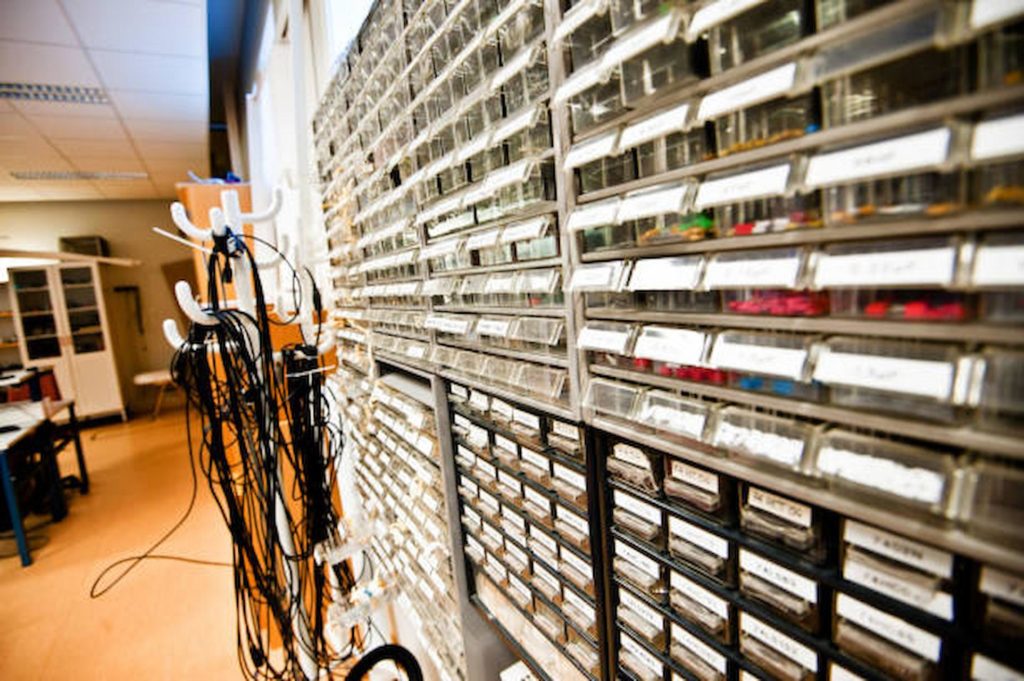Take a good look at the smartphone you carry with you every day, everywhere. If you’re like the vast majority of people, your daily activities revolve around – or at least depend on – that ultra-powerful handheld device. Ever wonder how it works?
Did you know that a smartphone has several thousand times more computing power than NASA’s Apollo Guidance Computer (AGC)? The AGC is what guided Apollo 11 to the first moon landing in 1969. Think of that! It’s truly incredible.
Your smartphone today is an astounding wonder of technology. And the lifeblood of the engineering wizardry in that phone is…silicon. Cue the mental connection with Silicon Valley. Read on to learn how silicon etching makes this all possible.
Why Use Silicon?
The simple element silicon (Si), and the silicon wafers made from it is what drives this technology and makes it affordable for the average consumer. That is key!
Silicon, one of the most abundant elements on Earth, allows for the low-cost manufacture of complex microprocessors. Those minuscule marvels perform the gazillions of calculations needed to navigate while driving or to use Google search.
Silicon has special properties that make it a semiconductor, meaning that silicon conducts electricity under some conditions and acts as an insulator under others. Etched silicon wafers can amplify tiny electrical signals and speed them along.
There are materials other than silicon used in some applications, but silicon is by far the most widely used substrate in today’s consumer marketplace.
What Is Silicon Etching?
Simply stated, silicon etching chemically removes layers from a wafer’s surface as part of the microfabrication process, creating a pattern on the surface according to what is and what isn’t “masked”. Each wafer undergoes several etching steps before it’s finished.
There are different methods of silicon wafer etching. Here are the major types:
Wet Chemical Etching
- Uses liquid chemicals as etchants to remove the silicon substrate by immersion in the liquid
- Isotropic (orientation independent)
- The most common technique for wet etching
- The material is removed uniformly from all directions
- Anisotropic (orientation dependent)
- The material is removed uniformly from a vertical direction
- Advantages of wet chemical etching are:
- Simple equipment
- Reliable
- High etching rate (good for high production)
- High selectivity
- Disadvantages of wet chemical etching are:
- Requires a large amount of etchant chemicals because of substrate immersion
- Chemicals must be replenished often to maintain etching rate
Potassium Hydroxide (KOH) Etching
- A type of anisotropic (orientation dependent) wet etching using KOH as a hot aqueous caustic solution
- Use of dangerous chemicals requires great caution – cannot perform alone
Dry Etching (e.g., Plasma Etching)
- Uses gases or plasmas as etchants to remove the silicon substrate
- Advantages of dry etching are:
- Reduced material consumption
- Costs less to dispose of spent products than wet etching
- Disadvantages of dry etching are:
- Can’t be used where high anisotropy (substrate removal is one direction) is needed
We Are Silicon Etching Experts!
We produce a full line of automated wet etching process equipment. We have a global presence serving the needs of the semiconductor, solar, biotechnology, and aerospace industries in the Americas, Europe, and Asia.
Contact us and let us answer any questions you may have on wet silicon etching process equipment, systems integration, or any related topic.

